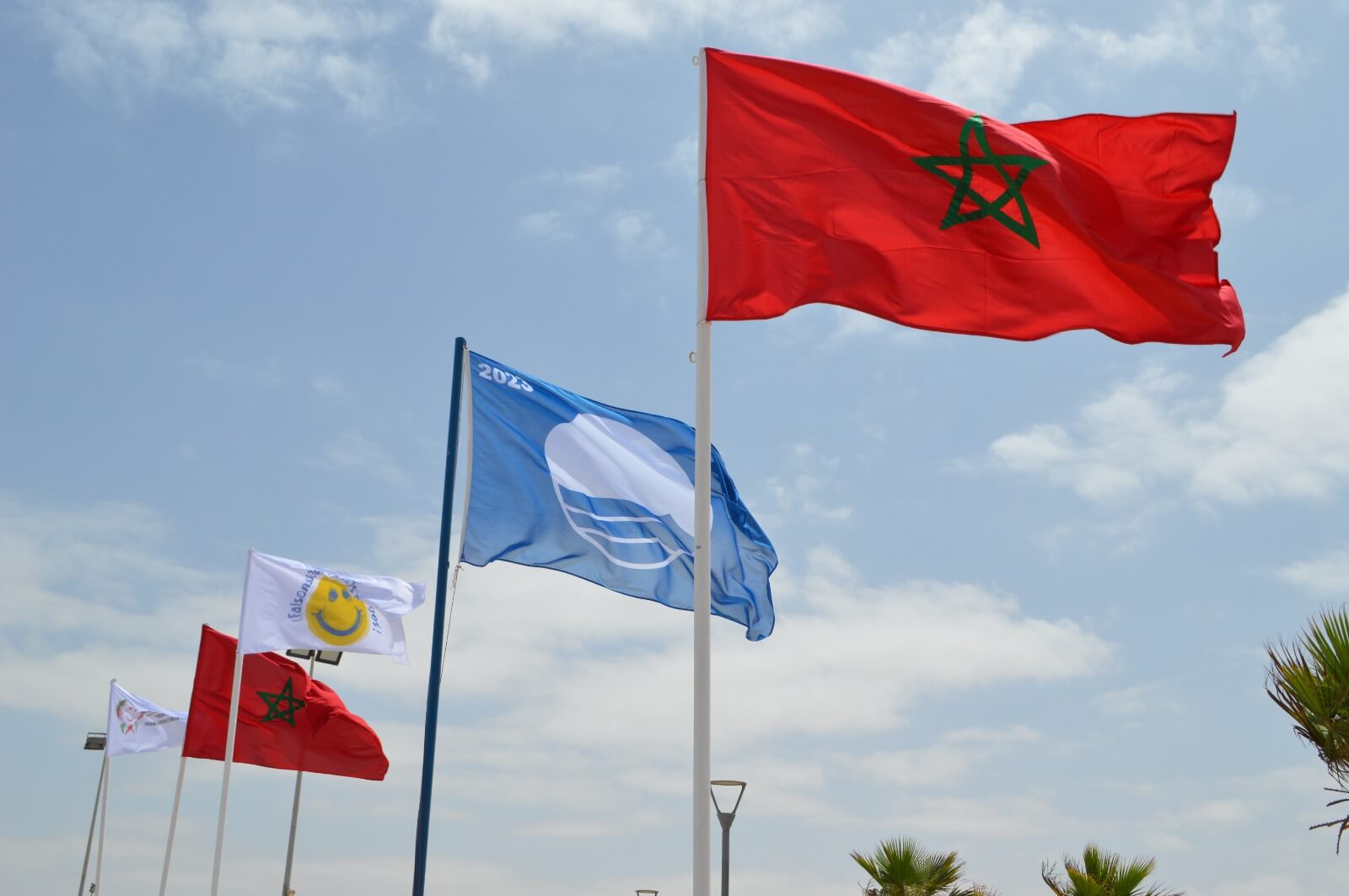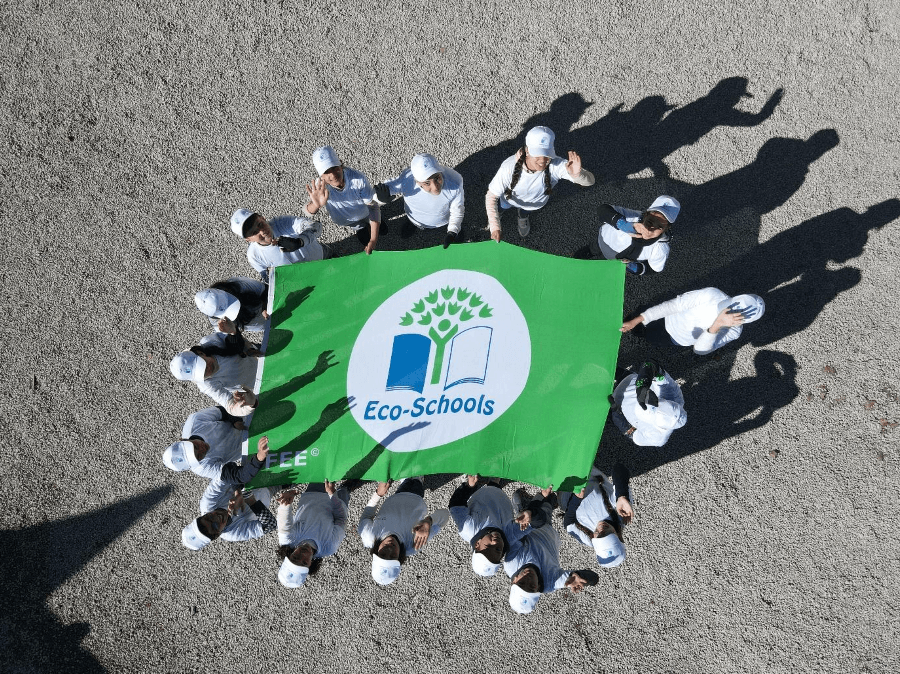
1. Thematic Introduction and definition per international agenda.
On July 30, 2009, in a Speech from the Throne, His Majesty King Mohammed VI called upon the government to “draft a comprehensive National Environmental Charter.” The Charter, currently under development, will become the reference for a long-term environmental strategy, with the protection of natural resources and ecosystems as a fundamental objective.
Within this context, the Mohammed VI Foundation for Environmental Protection, chaired by Her Royal Highness Princess Lalla Hasnaa, « Ambassador for the Coast » under the United Nations Environment Programme (UNEP), has organized , under the High Patronage of His Majesty the King, an International Conference entitled ‘Sustainable Coastal Management: Role of education and awareness-raising .’ This conference, under the auspices of UNESCO and the UN Decade of Education for Sustainable Development framework, has conducted in partnership with the Islamic Organization for Education, Science and Culture (ISESCO).
The Mohammed VI Foundation for Environmental Protection, with its experience through its programs such as Clean Beaches, has managed to federate stakeholders and initiate a sustainable program for awareness and education. Today it aimed to facilitate an informed, innovative, rich, and shared debate to preserve national ecological heritage, by holding an international conference in alignment with the agenda established by the United Nations, specifically, the International Year of Biodiversity and the UN Decade of Education for Sustainable Development.
The coastline, the stretch of land between land and sea, is a source of great natural resources and economic potential, making it an especially coveted space with a concentration of increasing opportunities and constraints.
The Kingdom of Morocco is endowed with about 3,500 km of coastline, which provides habitat to varied landscapes (beaches, dunes, cliffs, lagoons, etc.), and a variety of remarkable flora and fauna, including endangered species. As elsewhere, the Moroccan coast has focused infrastructure in order to accommodate millions of visitors annually, and enable the development of tourism, a fundamental economic pillar.
However, the development of coastal real estate, as well as industrial and tertiary activities, has increased environmental pressure on the limited and fragile coastal territory that is already subject to a natural vulnerability, due to the effects of erosion and marine climate change.
Sustainable coastal management must reconcile respect for natural capital, economic development, and social equity, while preserving the local populations’ legitimate access to the coast. This approach’s success requires the involvement of all stakeholders for the sustainable development of the territory in its environmental, economic and social aspects. Therefore, it requires stakeholder education and training.
2. Conference objectives and target audience
This conference aimed to initiate a long-term process that will be extended through regular meetings, with four main objectives:
ü Promote the emergence of a common understanding of what constitutes the coastline and its rich heritage;
ü Disseminate best practices, successes, lessons-learned, risks, and current trends to a wide audience;
ü Promote all stakeholder actions for the preservation and sustainable development of coastal areas;
ü Bring together stakeholders to ensure the sustainability of proposed solutions;
To meet these objectives, the conference proposed content that is accessible to the general public in order to enable concrete measures for the improvement of coastal management. In particular, it would broaden the debate to include international experiences in order to develop an accurate and concise description of the Moroccan coast (its physical characteristics, borders, notable sites, ecosystems, and species that inhabit it). This allowed an analysis of the coast’s evolution, specifically the dynamic impact of natural and human activities, and enable recommendations aimed at awareness and the mobilization of all stakeholders.
Following the conference, a summary of recommendations would be developed and disseminated among concerned stakeholders.
3. Conference format and themes
To fulfill its objectives while promoting exchanges between participants, the conference has been held over a one day period and structured around two plenary sessions consisting of two participatory workshops.
Each plenary session has been placed under the authority of a presiding officer and included six presentations.
Each participatory workshop will be led by a facilitator and structured in three parts.
1) Introduction to the topic by a facilitator and a concept note (scoping paper);
2) Presentations of examples, case studies, and best practices by experts, professionals, and representatives of voluntary initiatives;
3) Debates and discussions with participants.
A rapporteur has been responsible for recording key findings of each workshop in order to report a summary at the beginning of the next plenary session.
The first plenary session provided an opportunity for concerned public authorities and international organizations to open the conference, and presented the biodiversity of coastal zones under pressure from urbanization and tourism.
The two participatory workshops followed in the afternoon, conducted in parallel with the following respective themes: « sustainable fishing and agriculture »; and «information, communication and education».
The second plenary session concluded the international conference, and will focus on the role of education, awareness, and access to knowledge.

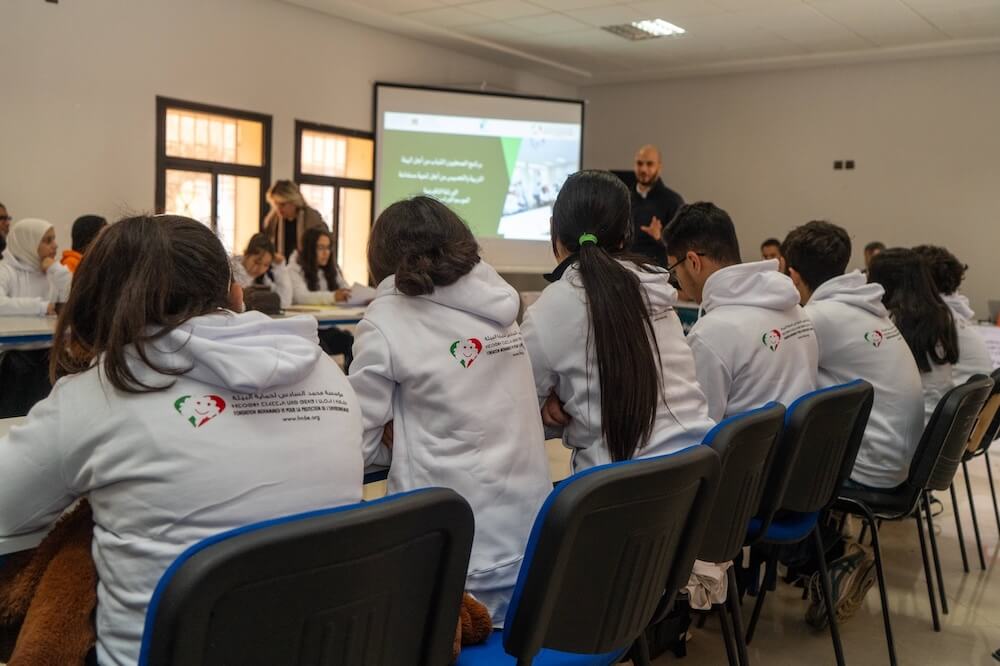
Enhancing Education for Sustainable Development: Launch of Regional Workshops for the Training and Capacity Building of the Educational Community for the 2024-2025 School Year
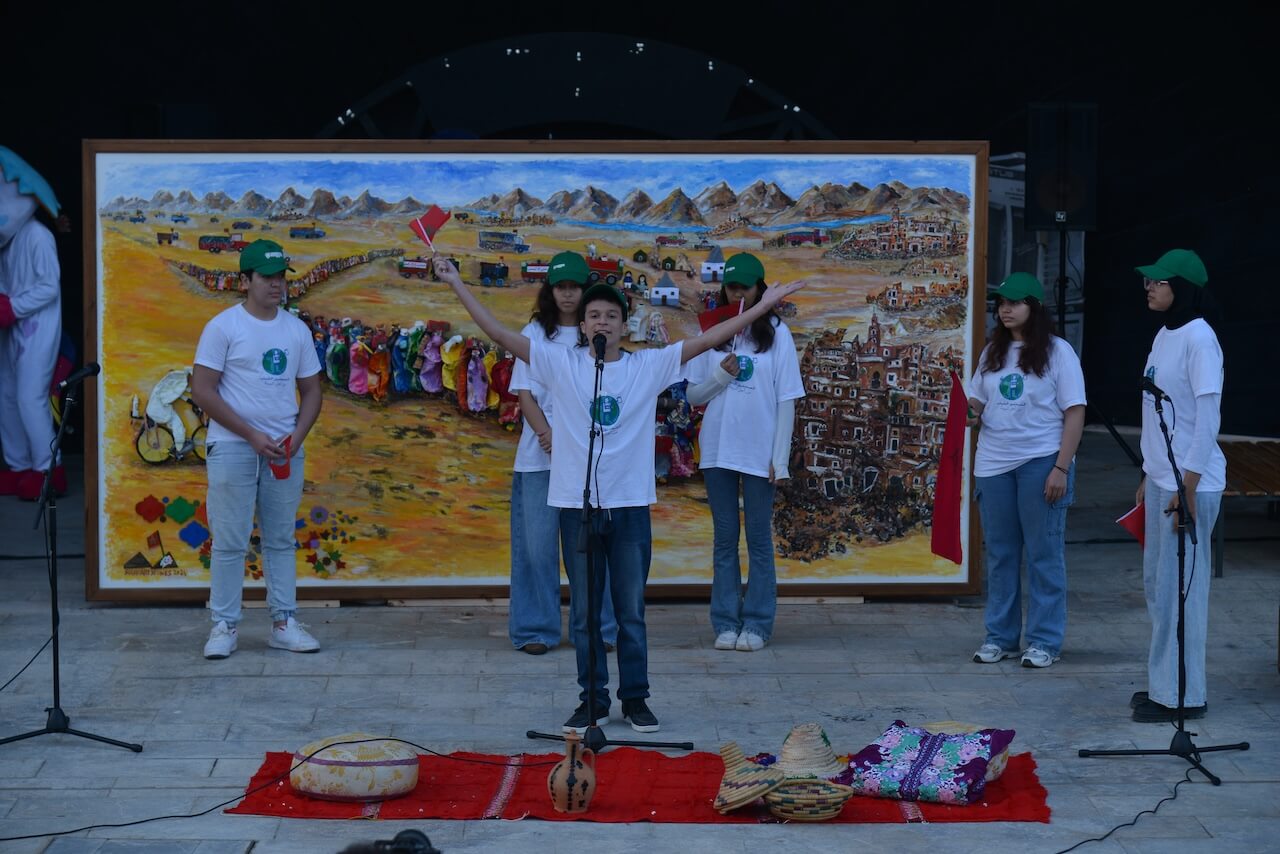
National Training Workshop for Coordinators of Education for Sustainable Development: Driving Innovation and Digitalization for Change, with the Restitution Ceremony of the Solid’Art Jeunes Project
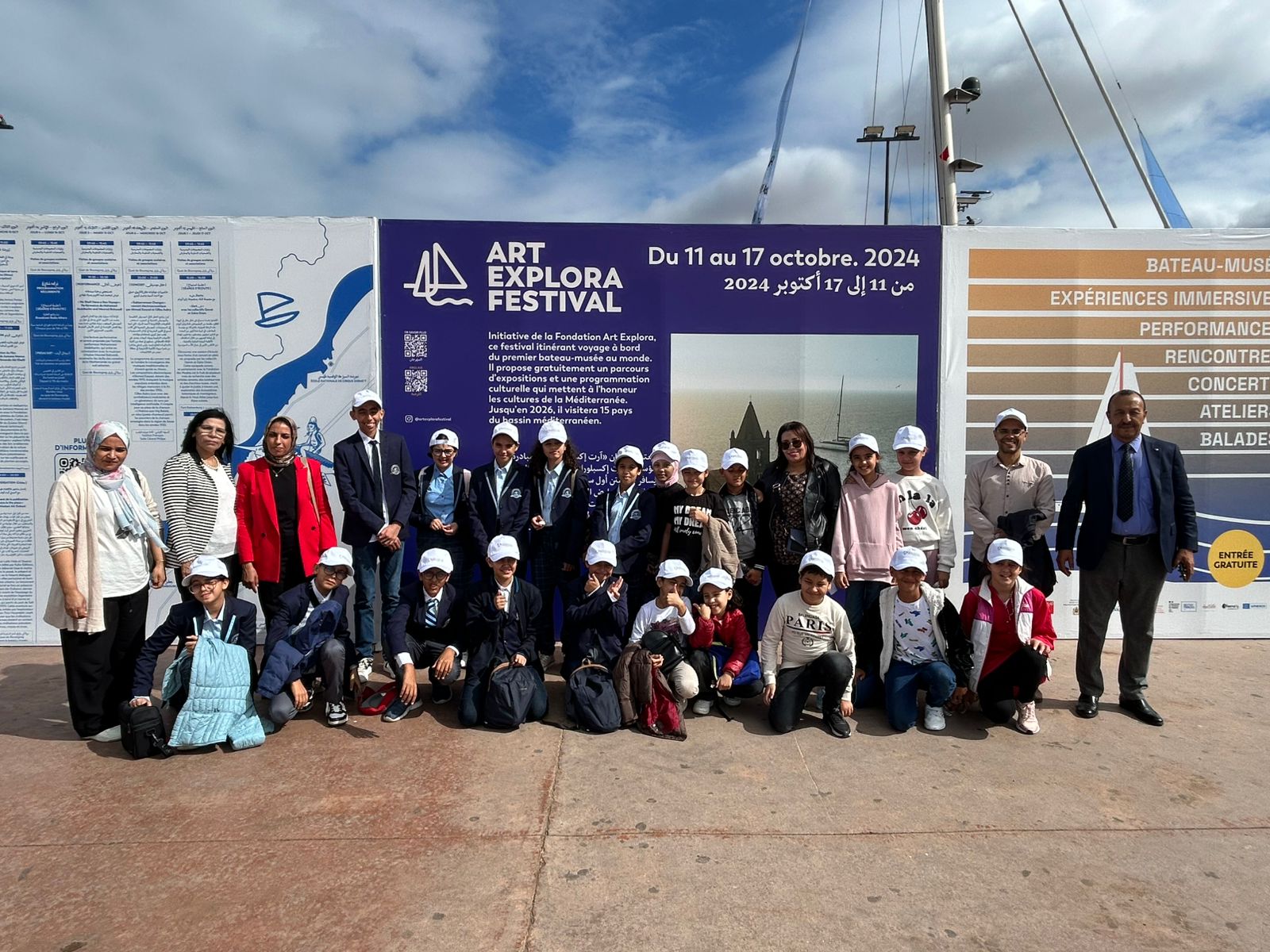
Sustainable Creativity: Eco-Schools and Young Reporters for the Environment dive into the World of ArtExplora in Rabat
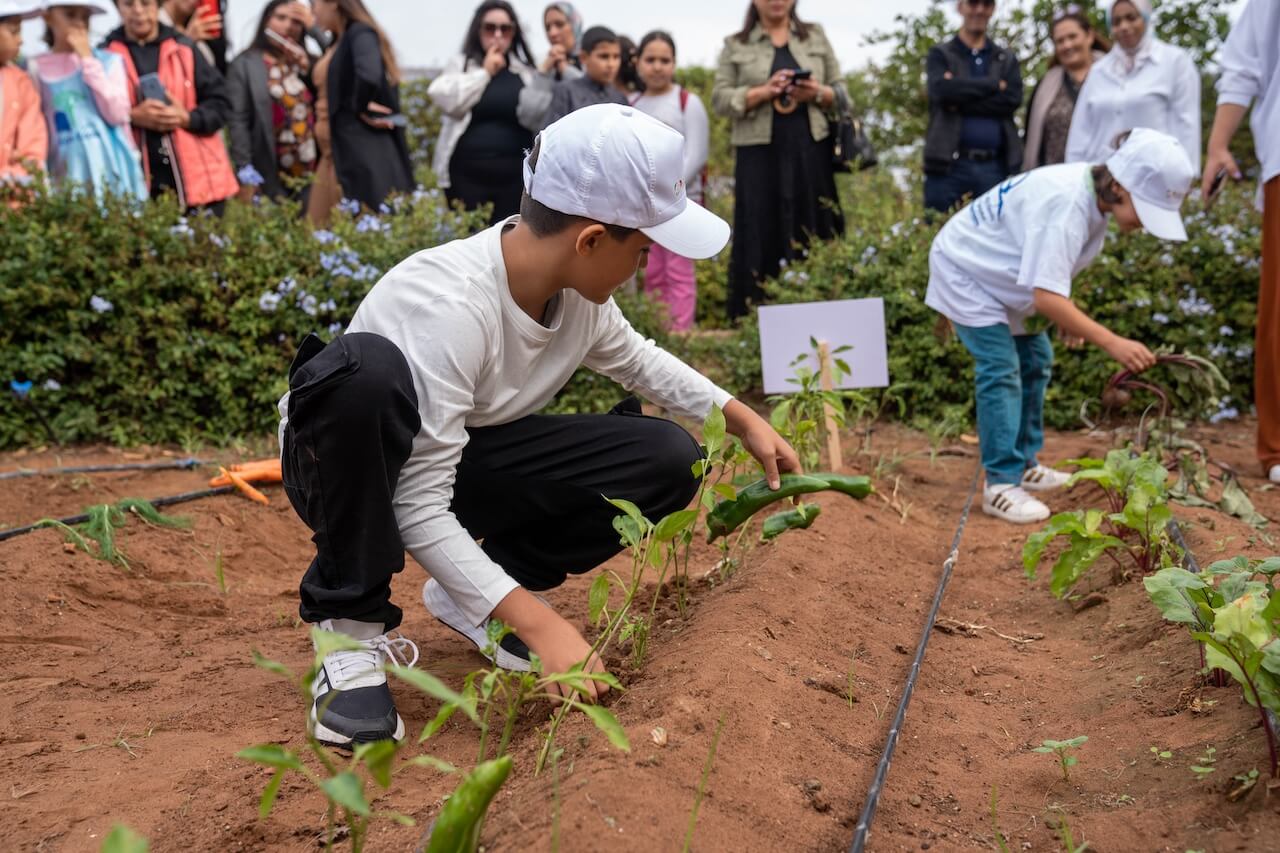
World Food Day
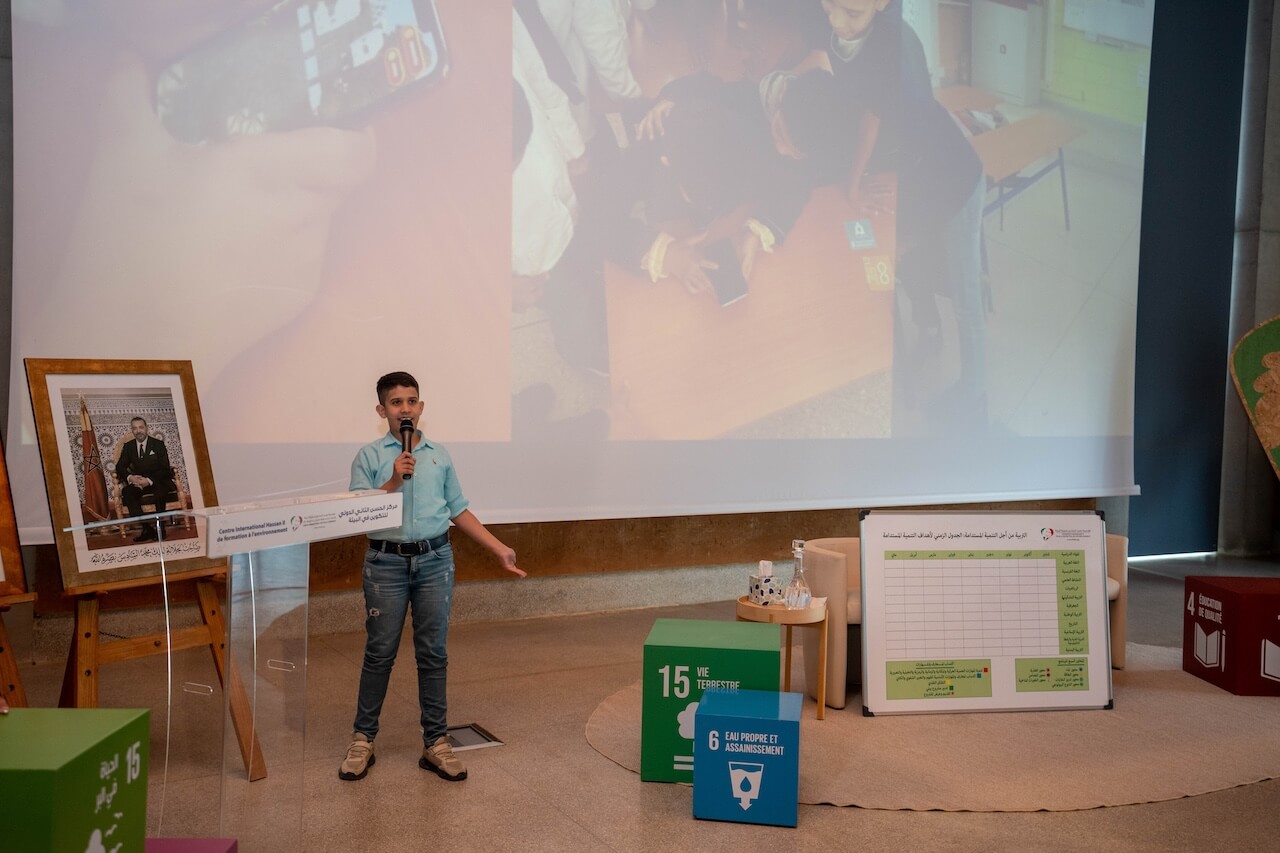
World Environmental Education Day
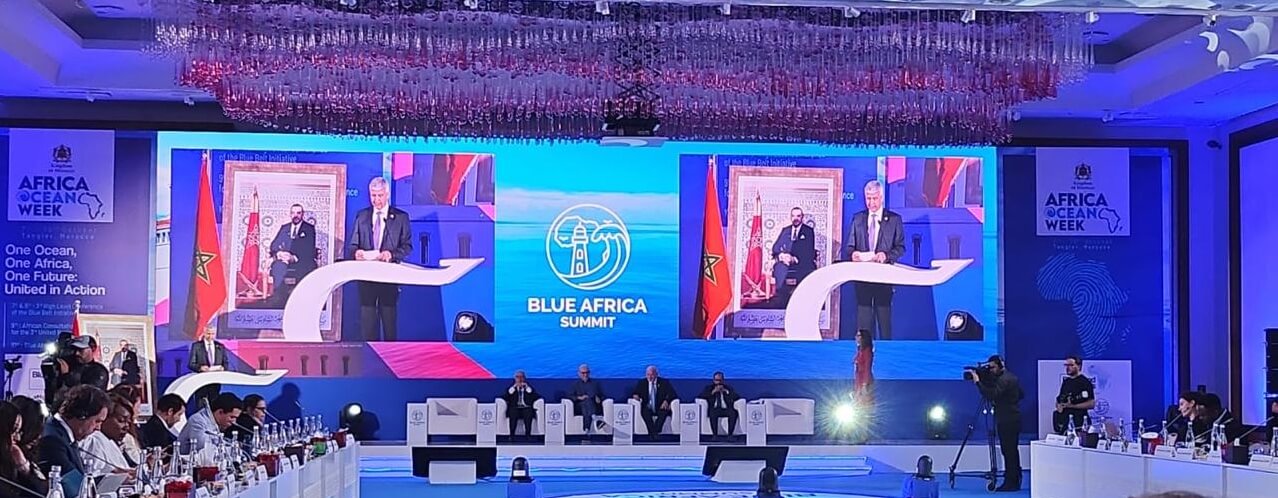
The Mohammed VI Foundation for Environmental Protection took an active part in the “African Consultation in preparation for the 3rd United Nations Conference on the Ocean” and the “Blue Africa Summit” in Tangier.
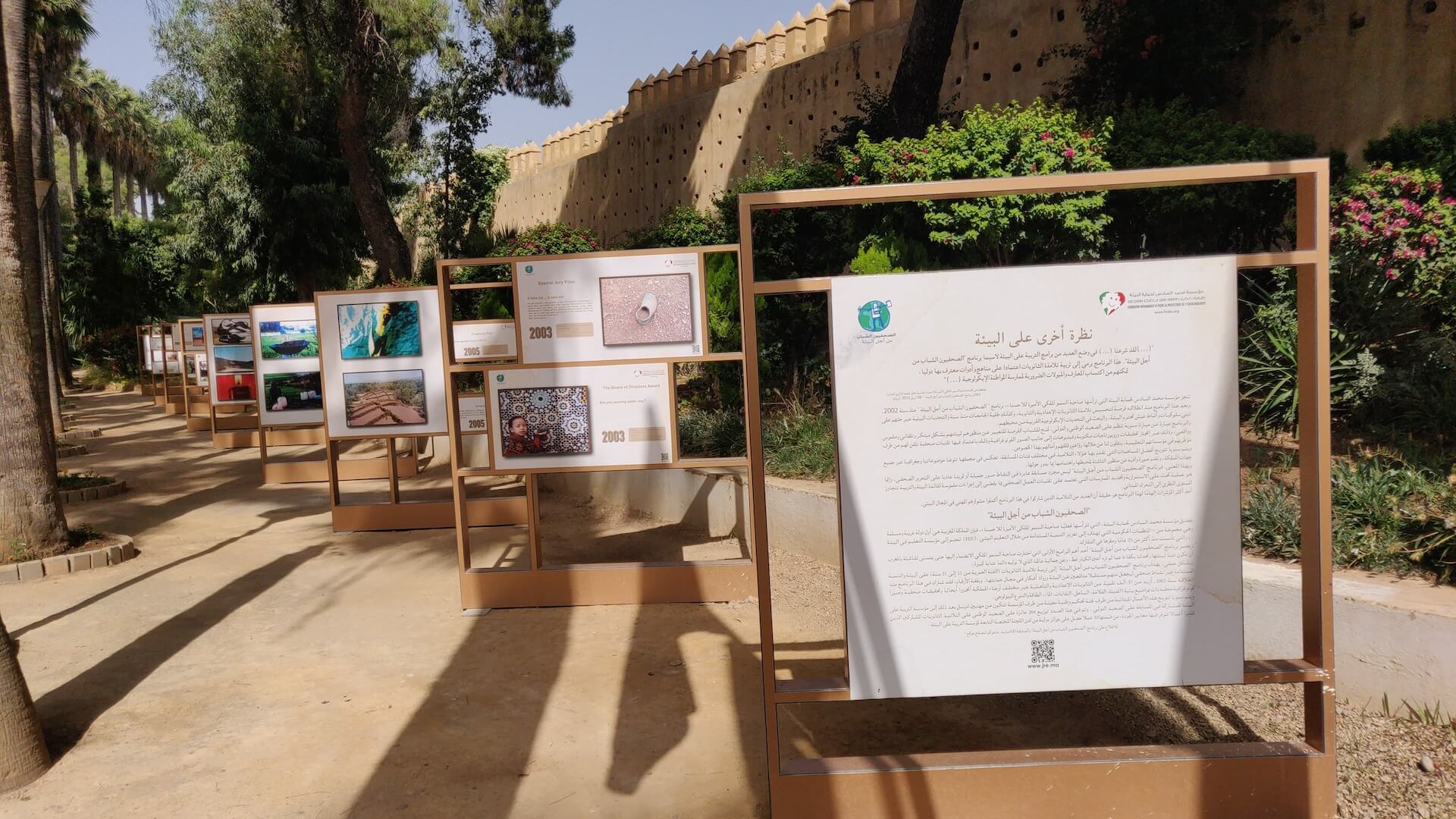
22nd Young Reporters for the Environment competition: natural disasters as theme
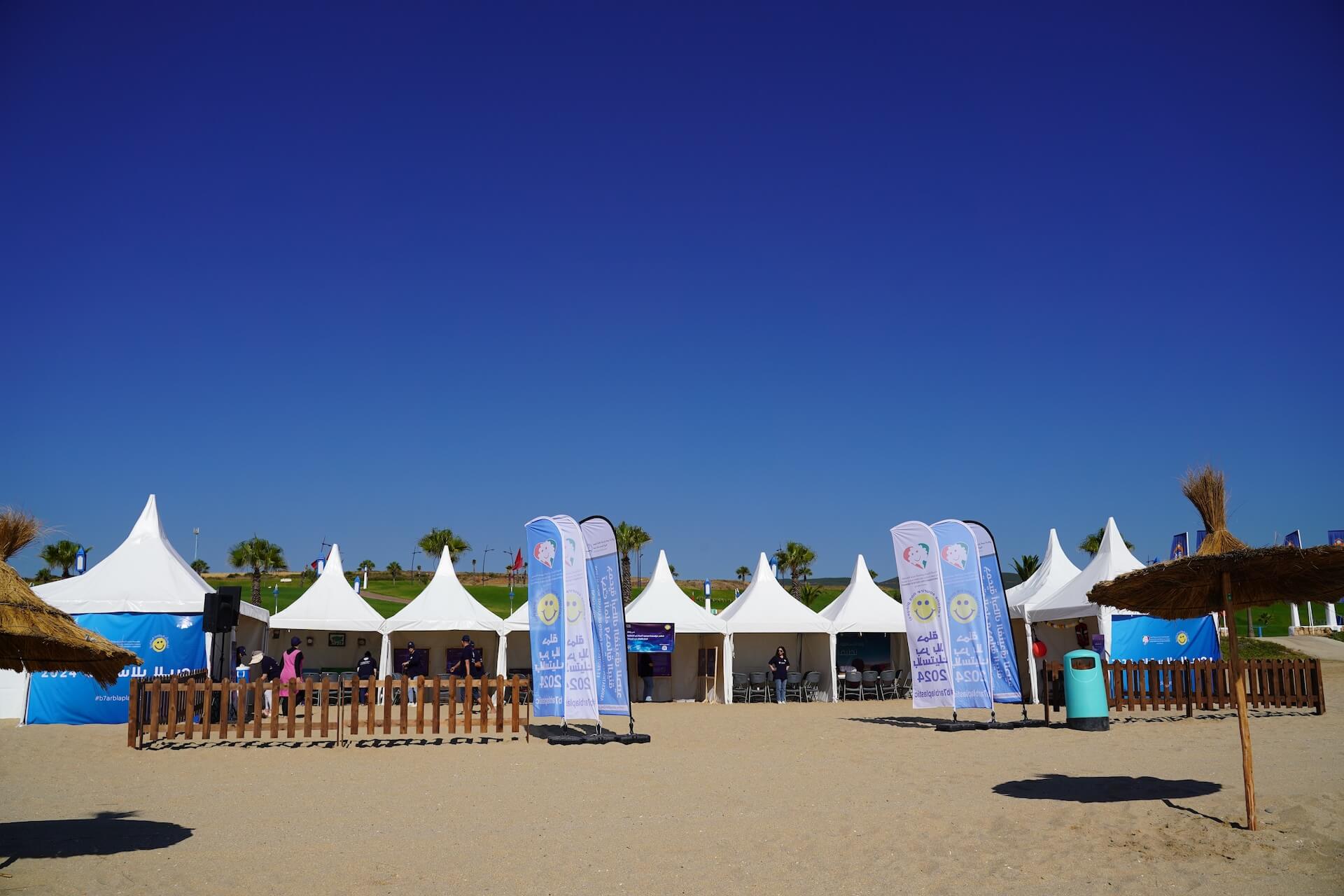
The Mohammed VI Foundation for Environmental Protection launches the 5th edition of the #Bharblaplastic operation (#SeasWithoutPlastic)
